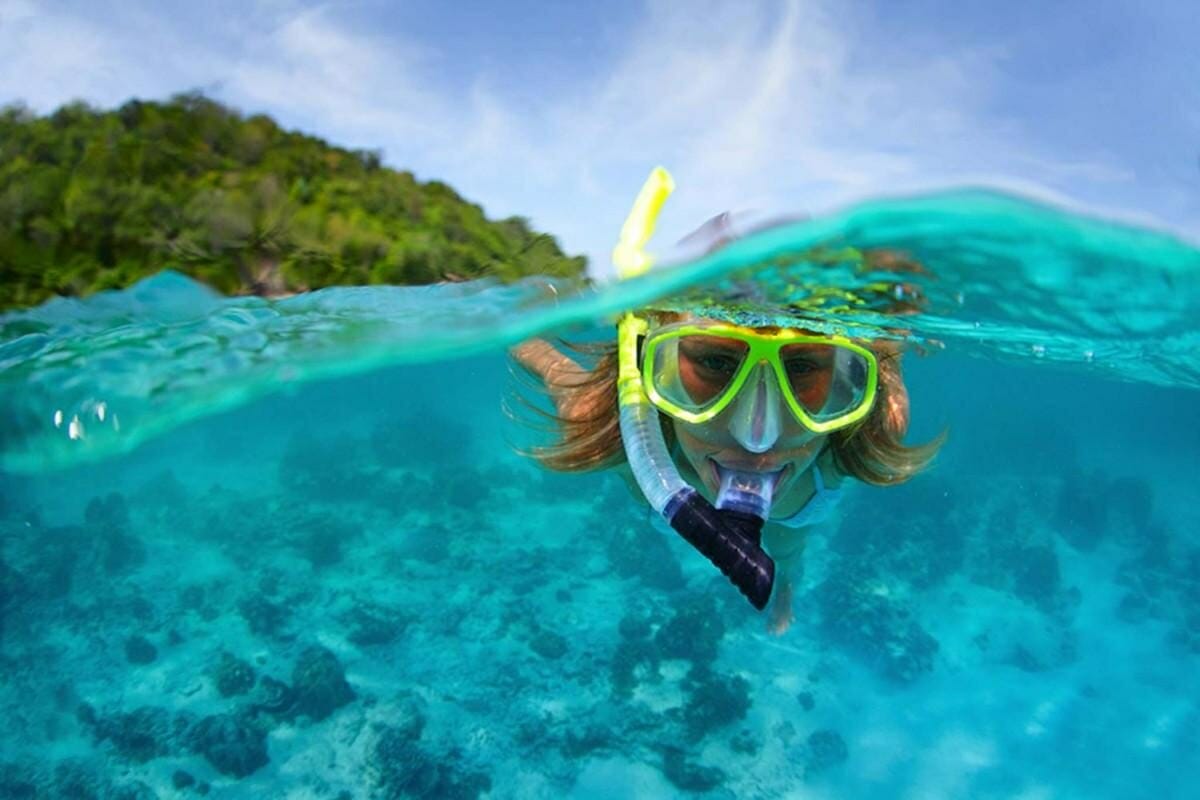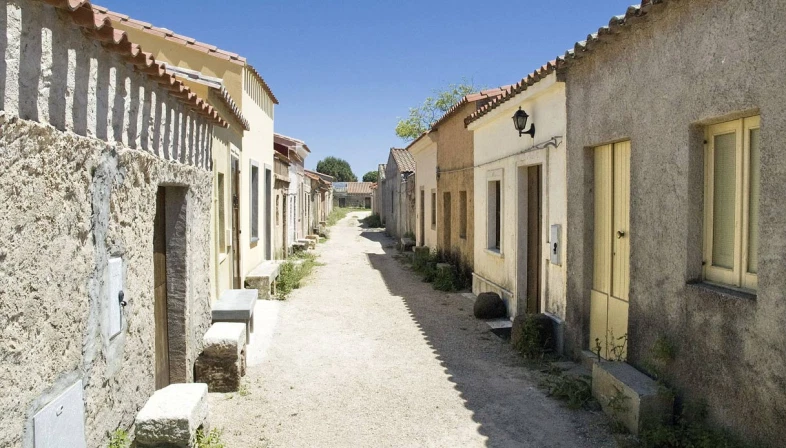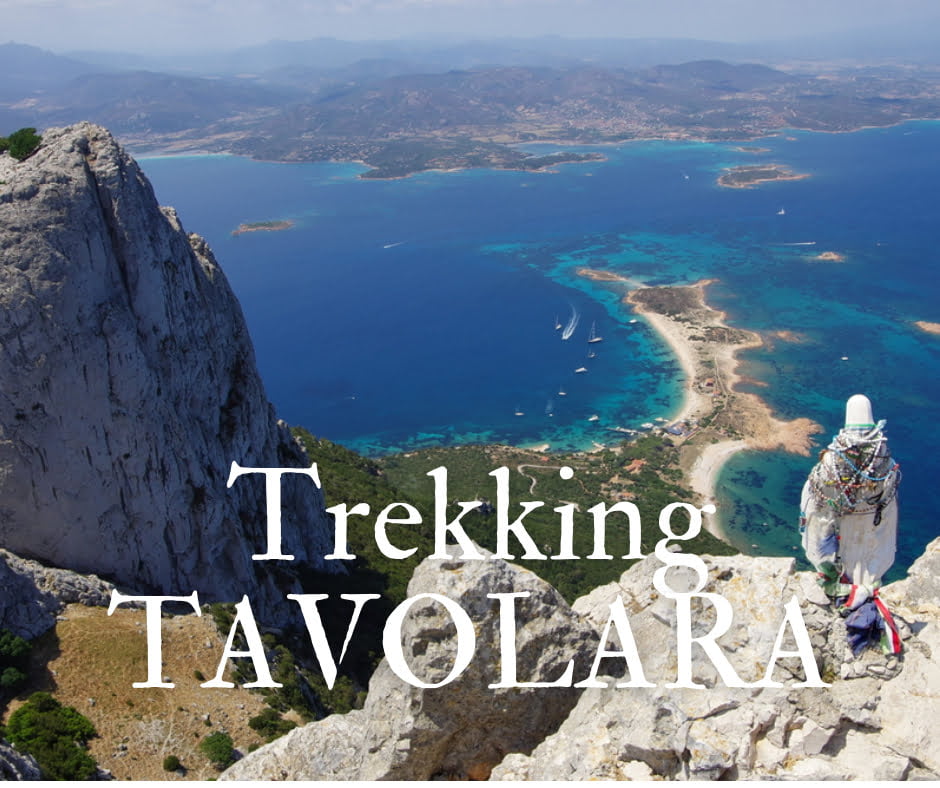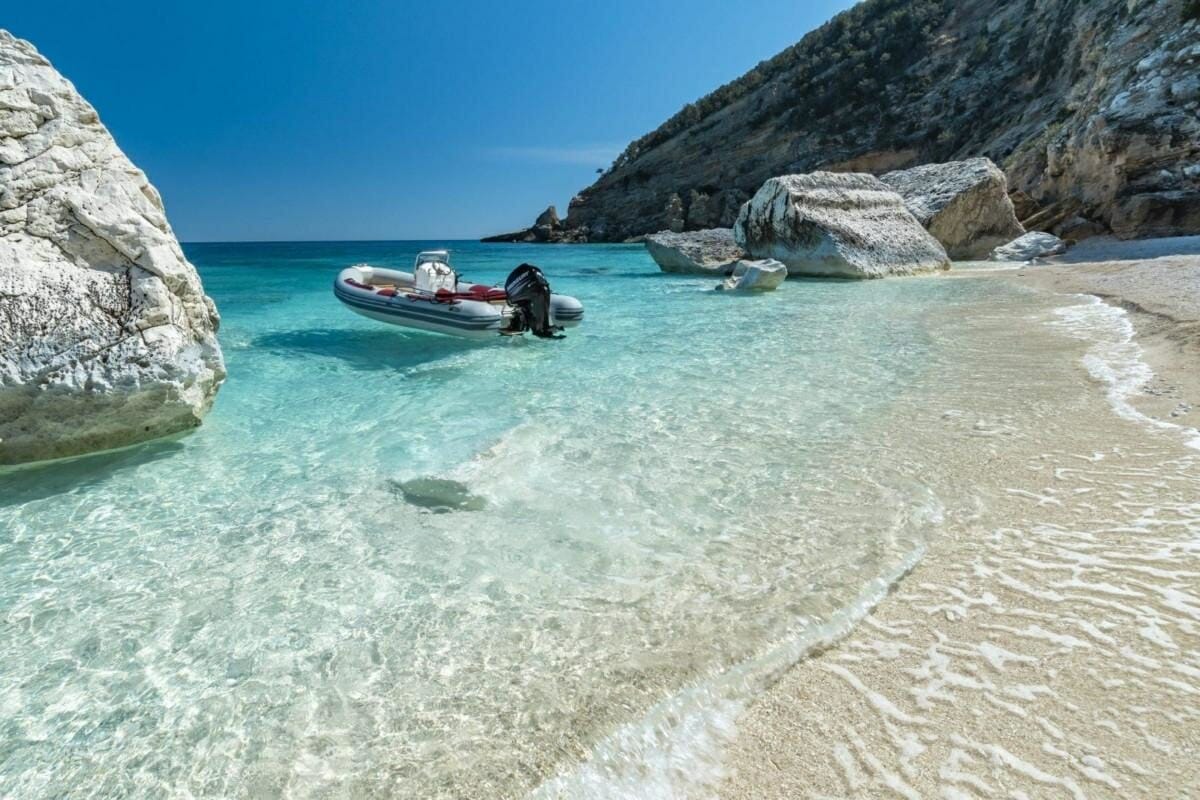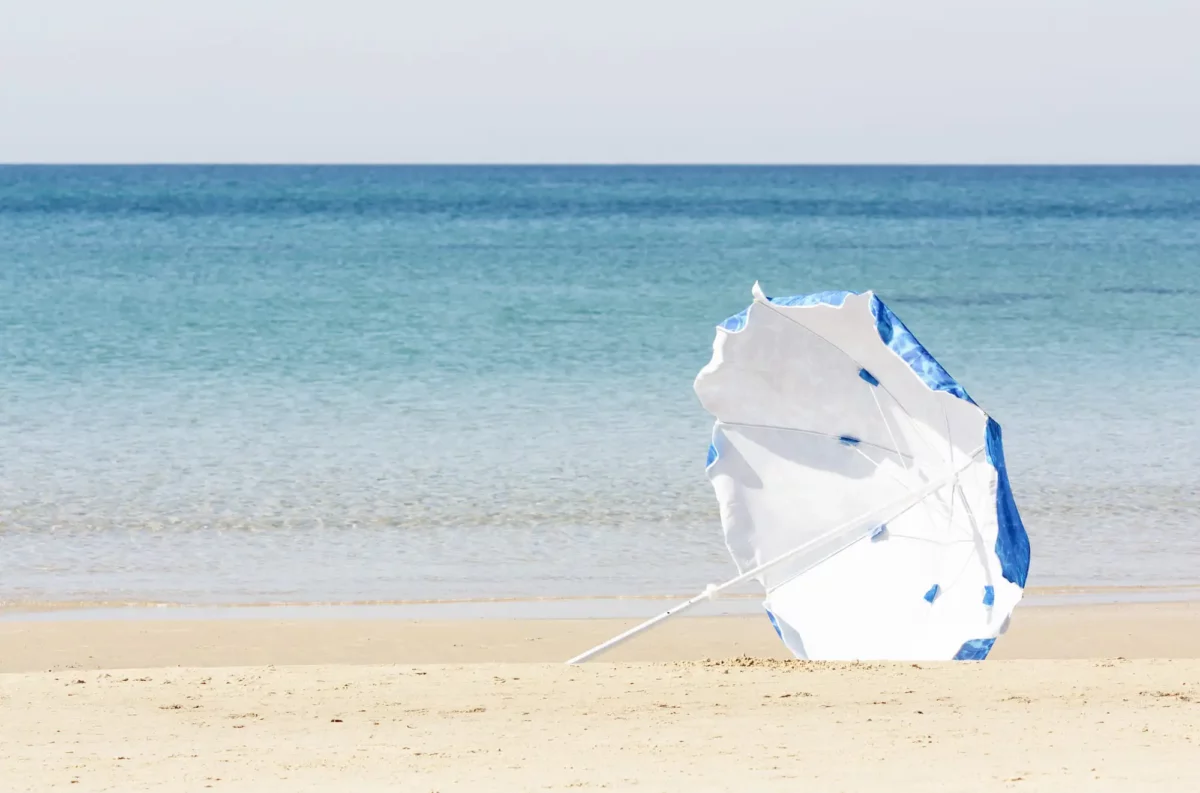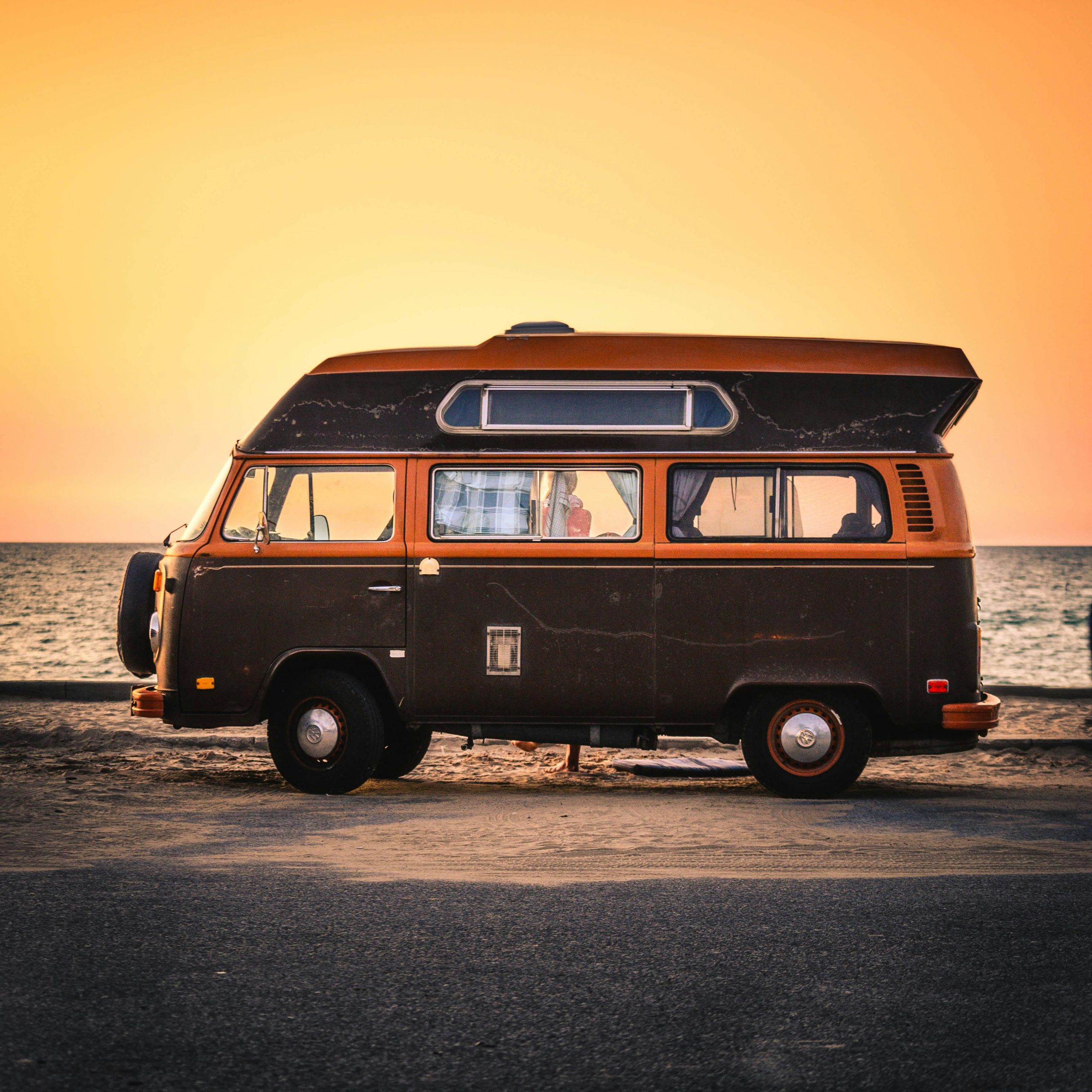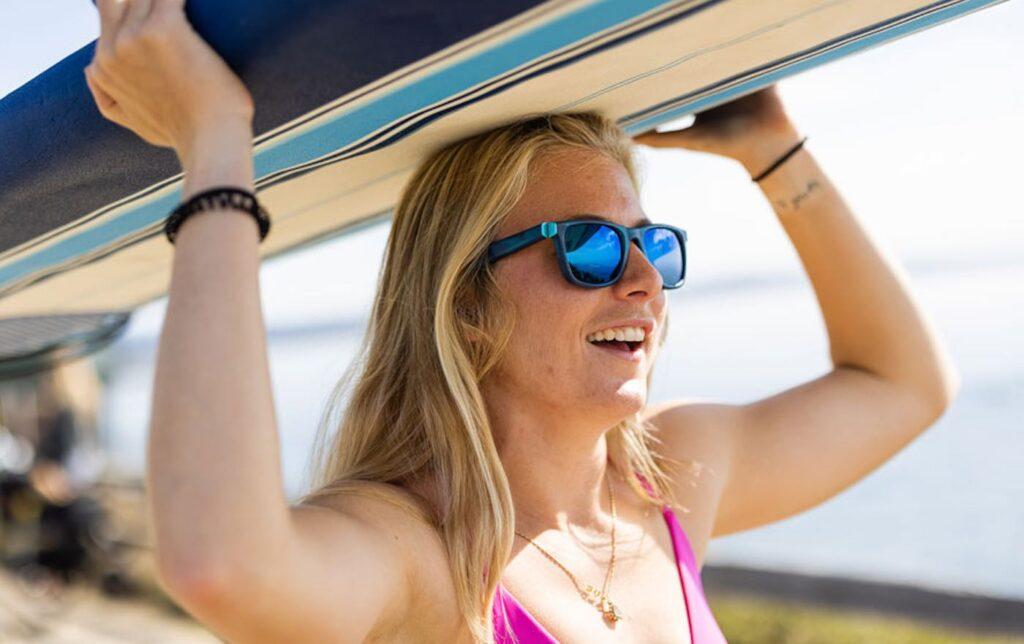Snorkelling in Sardinia
Between its white sandy beaches and wild coves nestled at the foot of sheer cliffs, Sardinia knows how to play with its many facets. The second largest island in the Mediterranean, it offers experiences for everyone. In its crystal-clear waters, where visibility is often excellent, one can observe through the mask crowns, soles, sardines, starfish, sea urchins and many other marine species.
A wild and rocky island where snorkelling is possible almost everywhere. With almost 1,850 km of mostly rocky coastline and dozens of islands and islets, Sardinia is home to hundreds of snorkelling spots. It is impossible to list them all, but in this article we want to highlight the most beautiful and popular snorkelling spots, from north to south Sardinia.
Snorkelling North Sardinia
Snorkelling La Maddalena Archipelago
The most attractive snorkelling spots in the La Maddalena Archipelago include the National Park, established in 1994, which encompasses seven islands and numerous islets and granite cliffs. This is considered thesnorkelling hotspots in Sardinia thanks to its protected seabed, where fishing is prohibited. On the main island, La Maddalena, one can explore fascinating places such as Punta Tegge, Cala Spalmatore and Cala Francese, all easily accessible from the shore. A little further north, between the islands of Budelli and Santa Maria, lies the famous Passo Cecca di Morto, a kind of 'lagoon' with shallow turquoise waters, considered the most famous and popular snorkelling spot in the archipelago, accessible only by sea.
Snorkelling Santa Teresa Gallura
Capo Testa, set in the beautiful surroundings of Santa Teresa Gallura, is a true paradise for snorkelling enthusiasts. It is easy to spot many fish such as bream, groupers and trigger fish. In addition, the posidonia meadows offer shelter to numerous marine invertebrates, creating an ecosystem rich in biodiversity. The nearby Cala Spinosa, with its wind-carved rocks and crystal-clear waters, is another unmissable spot for snorkellers.
For those who prefer to explore the deeper waters, boat trips to Isola dei Cavoli offer the opportunity to discover the Madonna of the Shipwrecked, a submerged monumental sculpture that adds an artistic element to the natural beauty of the area.
Snorkelling Tavolara Olbia
Exploring the Olbia region is like entering an underwater paradise for snorkelling enthusiasts. Along the coast between Olbia and Porto Cervo, there are rocky coves that invite underwater adventure. But the most extraordinary experience is definitely the island of Tavolara, accessible in a few minutes by boat from Porto San Paolo or about twenty minutes from Olbia. Here, diving into the turquoise waters that bathe Punta Spalmatore, Spiaggia del Dottore and the seabed rich with life is like entering an enchanted world.
A little further south, towards San Teodoro, two snorkelling gems await you. Cala Brandinchi, with its nickname 'Little Tahiti', promises breathtaking beauty around the rocks north of the beach. And Capo Coda Cavallo, a small granite peninsula that will amaze you with its wonders and offer a truly unique perspective on Tavolara.
and Ottiolu are great places for snorkelling. You can dive into the crystal-clear waters of Cala dei Francesi and Porto Ottiolu right from the shore, or take a boat to explore the enigmatic Pedrami Rocks.
Snorkelling Alghero
If you are a snorkelling enthusiast and are looking for underwater adventures in the Sassari region, you are in the right place! This north-western part of the island offers a myriad of fantastic places to explore the underwater world.
where I recommend you discover one of the enchanting inlets of the Coral Riviera, famous for its abundance of red coral. Although the coral mainly grows at depths of over 30 metres, the rocky inlets are inhabited by a variety of fish and invertebrates, making the snorkelling experience an exciting adventure.
Directly opposite Alghero, the Porto Conte Regional Natural Park becomes an underwater paradise. I highly recommend exploring Cala del Bollo, although difficult to access from the shore, and Cala d'Inferno, reachable only by boat. Following the coast northwards, a series of coves awaits you, each with its own unique charm. Lampianu Beach, Rena Majore Beach and Nura Beach offer rocky and chaotic backdrops, perfect for snorkelling
On the tip of Capo Flacone, at La Pelosa, you cannot miss the Spiaggia della Pelosetta. Here you can explore the shallow rocky seabed at the foot of a historic Genoese tower, giving you an unforgettable underwater experience. So, if you are ready for a unique underwater adventure, the Sassari region is your perfect playground.
Snorkelling South Sardinia
Snorkelling Villasimius
About 50 km east of Cagliari, you will find the must-see places for this unique experience: Villasimius and the Marine Protected Area of Capo Carbonara. Here, snorkelling from the shore is exceptional, especially at Punta Molentis, Cala Porto Giunco and Simius Beach, famous for the rare grey triggerfish. And if you want to explore even further, several companies in Villasimius offer exciting boat tours in the area, essential to reach the majestic Madonna del Naufrago, a monumental sculpture immersed near Isola dei Cavoli.
If you are in Cagliari, Calamosca also offers a decent snorkelling spot, accessible directly from the shore. But for a real adventure, I recommend booking a boat or kayak tour to explore the nearby Cala Figuera or the waters surrounding the picturesque Grotta dei Colombi.
In the south-western part of the island, you will discover some excellent spots along the Teulada coast, such as Tuerredda Beach, Piscinnì Beach and Cala Cipolla. Another outstanding option is the Island of San Pietro, which can be reached by boat from Portovesme. These different areas are famous for their snorkelling, but there are literally hundreds of other locations where you can dive, almost everywhere you will find crystal-clear water, calm sea and mostly rocky seabed.
Snorkelling Sardinia fish
What can you see while snorkelling?
The coasts of Sardinia are famous for the diversity of underwater life, especially in the Protected Marine Areas. Saragus, mullet, ornate fish and rainbow fish are common in most locations. Small Mediterranean moray eels can be found among the rocks, while wide-eyed flounder can sometimes be seen in the sand.
It is here, where fishing is prohibited, that you are most likely to spot some of the emblematic Mediterranean species, such as the common dentex, sea bream, amberjack or grouper. If you are fond of invertebrates, in Sardinia you can easily spot red starfish, sea urchins, sea anemones and sea cucumbers, even at very shallow depths.
It is impossible to list all the places where we recommend snorkelling because there are hundreds of coves in Sardinia. We hope with this guide to have given you an idea anyway and if you have places to add, write it in the comments
Map of snorkelling spots
Geocoding Error Occurred.
Tried to Geocode:
Error Type:
Please be sure to follow the tutorial on how to setup the Google APIs required for the Advanced Google Map Widget.
Google Map API Key TutorialFrequently asked questions
quick answers ⚡
When to snorkel in Sardinia?
July and August are the months with the highest number of tourists in Sardinia and one can expect crowding in some parts of the island.
The water temperature varies between 24 and 26 degrees from July to September and around 20 degrees in June and October.
Outside these months, snorkelling is limited by the lower water temperatures, unless you have a suitable wetsuit. Even during the summer, we recommend wearing a rashguard, which will protect your back and shoulders from the strong UV rays present in the Mediterranean.
In September and October, when the water temperature is around 25 degrees on the surface. Most tourists have already left the island and this is probably the ideal time to visit.
How useful was this post?
Click on a star to rate it!
Average rating 4.8 / 5. Vote count: 24
No votes so far! Be the first to rate this post.

